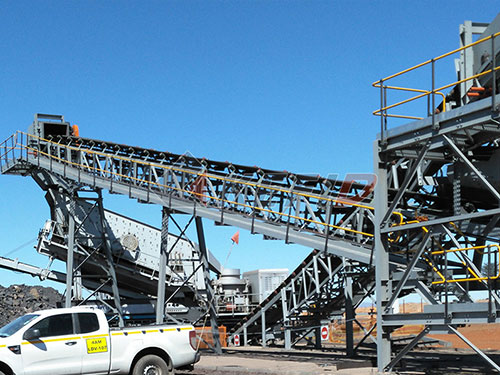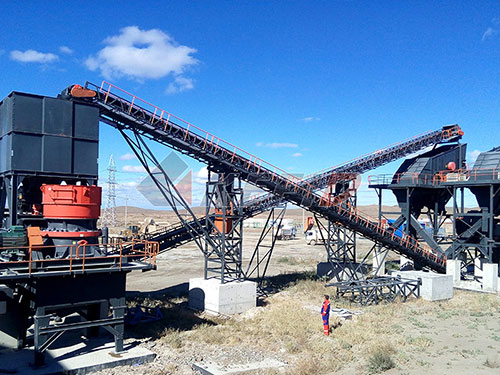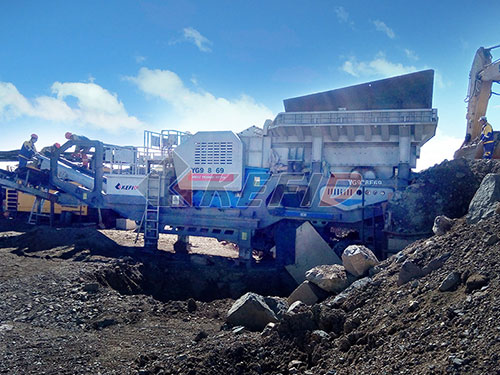Pollution Control for Stone Crushers in Uttarakhand: Balancing Development and Environmental Stewardship
Uttarakhand, the “Land of the Gods,” is blessed with breathtaking natural beauty and fragile Himalayan ecosystems. Its development, however, particularly in infrastructure and construction, relies heavily on aggregates produced by stone crushing units. While essential for growth, these crushers pose significant environmental challenges if not strictly regulated and managed. Effective pollution control is not merely a legal obligation but a critical necessity for preserving the state’s unique environment and public health.

The Environmental Challenge:
Stone crushing operations generate substantial pollution:
1. Air Pollution: The primary concern. Processes like blasting, crushing, screening, conveying, and transportation release large amounts of particulate matter (PM10 and PM2.5). Dust emissions degrade air quality, reduce visibility, coat vegetation (affecting photosynthesis), and pose severe respiratory health risks (asthma, silicosis) to workers and nearby communities.
2. Noise Pollution: Heavy machinery (crushers, screens, conveyors), blasting operations, and transportation generate high noise levels exceeding permissible limits. This causes significant disturbance to wildlife habitats and creates chronic stress and hearing problems for residents in surrounding areas.
3. Water Pollution: Dust settling on water bodies or runoff from crusher sites carrying suspended solids can contaminate streams and rivers. Improper handling of oils or lubricants from machinery also poses a contamination risk to groundwater sources.
4. Land Degradation & Visual Impact: Unregulated quarrying alters landscapes irreversibly. Improper disposal of waste material can lead to land degradation. Large-scale operations can also create significant visual scars on hillsides.
Essential Pollution Control Measures:
To mitigate these impacts effectively, stone crusher units in Uttarakhand must implement a comprehensive suite of control measures:

1. Air Pollution Abatement:
Dust Suppression Systems: Mandatory installation of water sprinkling systems at all dust generation points – primary crushing points, conveyor transfer points (hoods & covers), vibrating screens (enclosures with water spray), stockpiles (regular spraying). Fog cannons are highly effective for broader area suppression.
Enclosures & Ventilation: Enclosing crushers, screens, conveyors within sheds or structures equipped with proper ventilation systems that include bag filters or wet scrubbers to capture fugitive dust before release.
Green Belt Development: Establishing dense tree belts around the unit’s periphery acts as a natural barrier

Leave a Reply